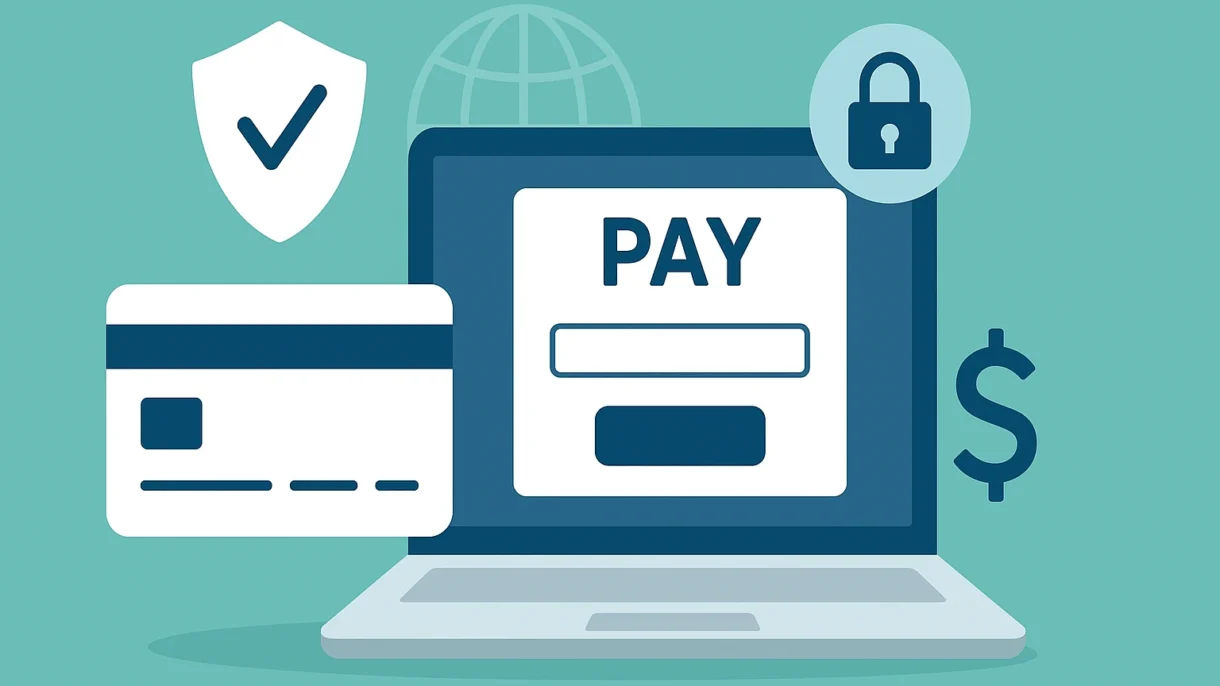Accepting payments online can make life easier for both you and your customers. Whether you run an e-commerce store, a home service business, or a small shop in Warren, MI, having a secure and convenient payment system can help you close sales faster and serve more customers across Metro Detroit.
At Anamul’s Web Services, I, Anamul Islam, often help local businesses add payment features to their websites. The process is simpler than many people think when you know the right steps. Here’s how to get started.
Step 1: Choose a Reliable Payment Processor
Your first decision is selecting a payment processor. Some of the most popular options are:
- Stripe – Highly customizable and works with many website platforms.
- PayPal – Well-known and trusted by customers.
- Square – Easy to integrate and works well for service businesses.
The best choice depends on your industry, the volume of transactions you expect, and the features you need. For example, many Metro Detroit service providers I work with prefer Stripe for recurring payments and Square for in-person jobs that also need online invoicing.
Step 2: Set Up Your Business Account
To accept payments legally, you’ll need a business account with your chosen processor. This usually involves providing your business name, contact details, and tax information. The approval process is typically quick, and once your account is active, you can start connecting it to your website.
Step 3: Add Payment Buttons or Checkout Pages to Your Website
Most payment processors provide ready-made tools you can embed directly into your site. You might add a “Pay Now” button, an invoice payment link, or a full checkout page for multiple products.
At Anamul’s Web Services, I integrate these tools seamlessly so they match your site’s design and branding. This gives customers a smooth experience from browsing to paying.
Step 4: Use SSL Encryption for Security
Security is critical when dealing with online payments. An SSL certificate encrypts the data your customers enter, protecting sensitive information like credit card details. You can tell if a site is secure by looking for “https” in the address bar.
If your site doesn’t already have SSL, your hosting provider or web designer can install it quickly. I make sure every site I build has SSL from the start.
Step 5: Display Trust Signals
Trust signals reassure customers that their payment will be processed securely. These include:
- Security badges from your payment provider.
- Logos of accepted payment methods (Visa, MasterCard, PayPal, etc.).
- Customer testimonials about smooth transactions.
These small details can help increase conversions.
Step 6: Test Your Payment System
Before you launch, run several test transactions. This helps confirm that payments process correctly, receipts are sent, and funds arrive in your account. I always run these tests for my clients before going live.
Step 7: Keep Everything Updated
Technology changes quickly, and payment processors often release updates for better security. Log into your payment dashboard regularly to ensure everything is current and running smoothly.
Final Thoughts
Adding a secure online payment system can make your business more accessible and profitable. Whether you need a quick “Pay Now” button or a full e-commerce checkout, the process is straightforward when you follow the right steps.
If you’re in Warren, MI or anywhere in Metro Detroit and want professional help setting up online payments, Anamul’s Web Services can make sure your system is secure, user-friendly, and ready to take payments immediately.

